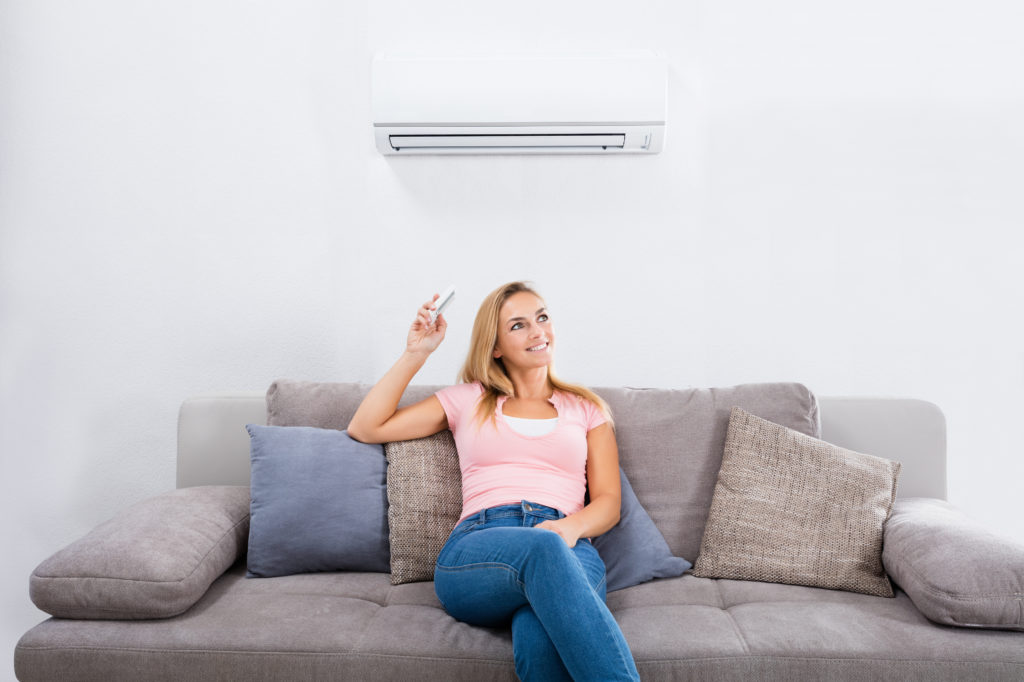Heating and cooling appliances account for about 40% of the energy usage of the average Australian home. To save money when running your air conditioner, there are several things you can do.
Size: Having the correct size of the air conditioner is an important first step (see Choosing the right capacity). Star ratings: a model with more stars will be more efficient and use less power than a model with fewer stars. Make your home as energy-efficient as possible; see our top 10 tips on keeping your home cool efficiently and effectively. Use Economy mode (“Eco mode”) if your air conditioner has one. Set the thermostat (target temperature) to a reasonable temperature so the system doesn’t have to work too hard and use more power than really necessary.
Keeping a reasonable temperature
On a hot day – say 33°C – you might be tempted to put the air conditioner way down to 20°C to get the room cool as quickly as possible. But if you can cope with setting the temperature at 25°C, you’ll not only save on wear and tear on the air conditioner’s motor, you’ll save big on your energy bill. Each degree cooler can add about 10% to the running cost.
The same principle applies in winter. If it’s 10°C outside, try setting the indoor temperature to 18°C rather than 25°C (and wear a jumper if you have to).
It also depends on the external temperature. Generally, you’ll get better efficiency by aiming for a maximum temperature differential of about 8°C. So on a 35°C day set your indoor thermostat to 27°C. Realistically, most people will still go for a cooler temperature, but try not to go too far beyond that 8°C difference. You can probably aim for a bigger differential if your house is very thermally efficient (well insulated, double glazed etc).
Dehumidifying and “dry” mode
Whether the weather is hot and humid or cold and damp, excess dampness in your home can be a real problem. For persistent dampness, a dehumidifier might be the answer – whether a desiccant rotor model, which excels in cold damp conditions or a refrigeration model, which is most effective in warm, humid conditions. See our dehumidifier reviews.
Your air conditioner is a good option for controlling warm humid air. Cooling mode not only cools the air but also removes some air moisture, which makes the air feel more comfortable.
Many models also have a “dry” or “dehumidify” mode to dry the air, which is best used when the air is warm and very humid. The indoor fan speed is reduced so that the air spends longer moving over the cooling coils, in order to extract more moisture from the air. A dry mode can be an efficient and effective option in those conditions as reducing the humidity makes the air feel cooler and more comfortable. But when it’s very hot and only moderately humid, the cooling mode will be much more effective.
Source: www.choice.com.au

